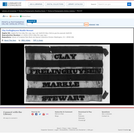
A derisive view of Andrew Jackson's reluctant, politically-minded endorsement of the Distribution Act, or "Surplus Bill," a measure authorizing distribution of surplus federal funds among the states. Facing the prospect of an almost certain Congressional override should he veto the bill, Jackson signed it on June 23, 1836, abetting Vice-President Van Buren's bid for the presidency that year. The cartoon shows Jackson (right), Van Buren (left) and Van Buren running-mate Richard M. Johnson, seated at a table pondering the bill. Jackson (with a quill in his teeth, and a spittoon or brazier by his feet): What the devil shall I do Matty, with this Bill? if I veto it the cursed Whigs are strong enough to pass it!! Van Buren (head in hand): We are in a bad box General; I'm dead against giving away a dollar, but as you say, needs must when the devil drives!! Kendall/Johnson: It's hard to part with our Surplus, but the people are too strong for us!! The print is evidently a reversed copy of a print by the same title published by H. R. Robinson in June 1836 at 48 Courtlandt Street.|Printed & publ by H.R. Robinson, 52 Cortlandt Strt. N-York.|Title appears as it is written on the item.|Davison, no. 71.|Weitenkampf, p. 41.|Forms part of: American cartoon print filing series (Library of Congress)|Published in: American political prints, 1766-1876 / Bernard F. Reilly. Boston : G.K. Hall, 1991, entry 1836-9.
- Subject:
- History
- U.S. History
- Material Type:
- Diagram/Illustration
- Primary Source
- Provider:
- Library of Congress
- Provider Set:
- Library of Congress - Cartoons 1766-1876
- Date Added:
- 06/08/2013

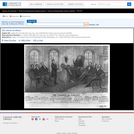
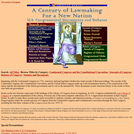

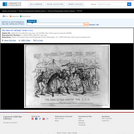
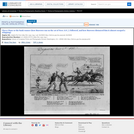
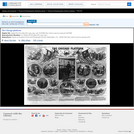



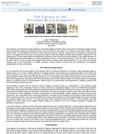
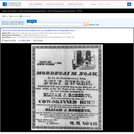


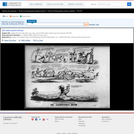
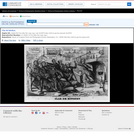
![[Clay-Frelinghuysen Campaign Badge]](https://img.oercommons.org/160x134/oercommons/media/upload/materials/screenshots/materials-course-76039.png)
